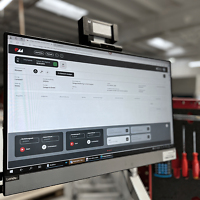Short time-to-market
With 3D rapid prototyping, design errors can be detected at an early stage. The development time and thus the time-to-market is shortened, the design and product quality is improved and your flexibility increases.
Experience in Additive Manufacturing
Turn our experience and versatility of the various additive manufacturing processes to your advantage! Depending on the application, surface finish, accuracy, quantity, or material, we will determine the appropriate 3D printing process. Whether demonstration models, prototypes for functional testing, pilot series or exclusive small series for field tests, we support you in the development process and manufacture prototypes according to 3D data sets: Fast, cost-effective and tailored to your needs. The findings from the tests and pilot series flow directly into the development and subsequent tool making. This in turn guarantees a short time-to-market and massively reduces costs.














